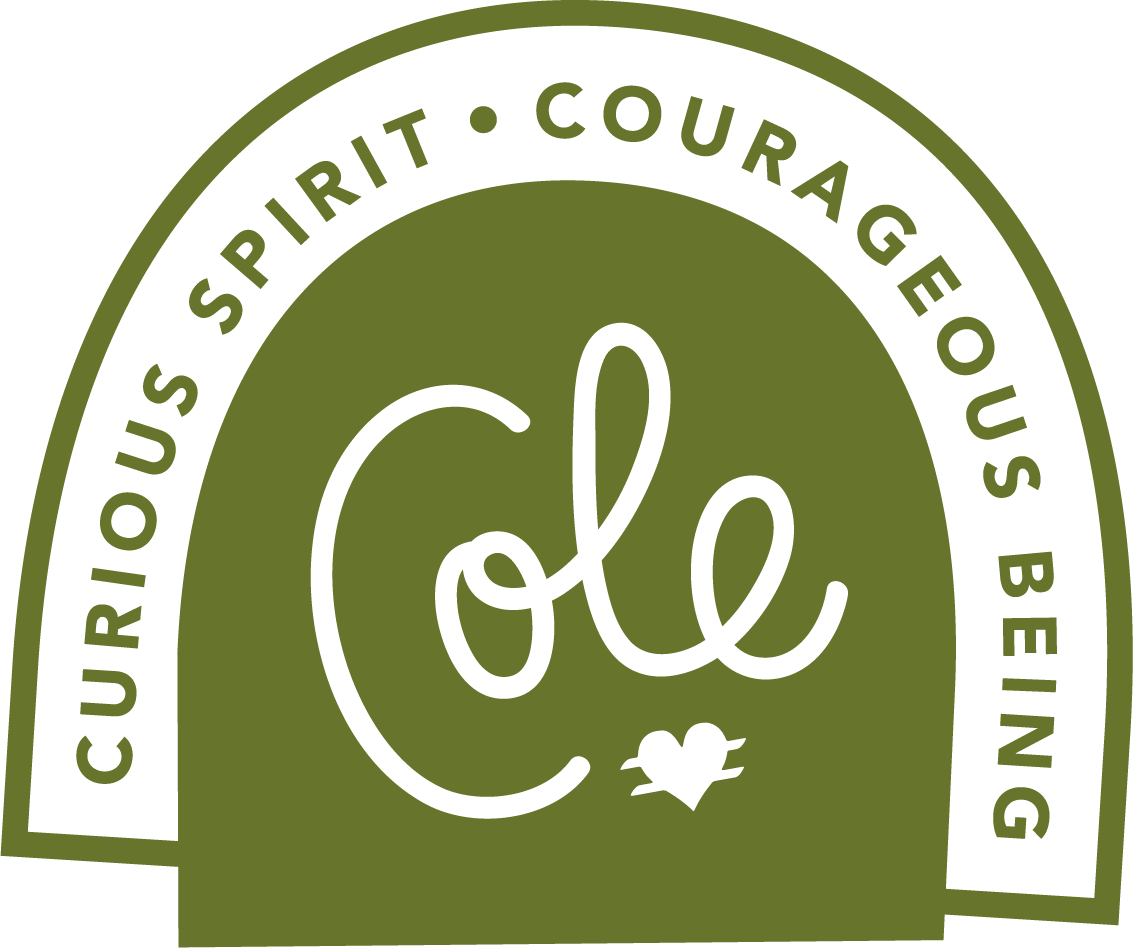Grief is the Way Home
I’ve seen losses tear friends, families and communities apart. But, it’s not the loss that brings them back together, it’s the grief.
If you’ve ever seen survivors interviewed on TV about a particular loss that has struck a community, a school, or workplace, you’ll often hear those survivors say that the tragedy itself is what brought everyone together.
It’s usually not the tragedy that does that though, it’s the response to the tragedy that does. Grief is how we respond to loss, and grief is what brings us back home to ourselves, and each other.
In September of 2018, a mass shooting happened in downtown Cincinnati, Ohio, right off Fountain Square in the lobby of a major banking institution. Fountain Square is the symbolic heart of downtown Cincinnati, the place where all city bus lines cross, many major employers in town are located, and where dozens of events, concerts, and festivals are held. There’s an ice rink in the winter, and a stage the rest of the year. There’s a gigantic fountain surrounded by small table and chair sets, where people eat lunch or sip coffee. When the shooting happened, there was not only a loss of life, but also many Shadowlosses. Cincinnatians had now had a mass shooting happen in their own backyard—something many people, in later days and weeks, had said they never thought was possible. The sense of safety many had taken for granted was now gone, if not at the very least questioned. It was not only the death of people in their community, but the death of safety as they knew it, too.
In the following days and weeks, vigils and memorial services were held where several survivors and mourners shared that this tragedy had brought them together. The tragedy itself no doubt sparked these events into motion, but it was the grief that provided the fuel. It was the grief that was the glue.
I say this not to ever discount someone’s experience, but rather to pull grief out of the shadows a bit so perhaps we can see it for what it really is—an incredibly potent, transformative, unavoidable force.
You see, the tragedy is what destroys you, and its the grief that rebuilds you.
A sense of home is not only very personal to each of us, but also critical for our well-being. Home to you might mean a certain house on a certain street but home to me might be wherever my dogs are. Wherever your sense of home comes from, Big Deaths and Shadowlosses can rip it apart, or at the very least make you forget the address.
When grief arrives, that’s when the finding-your-way-back-home-again takes place. It might be back to the same sense of home as before, but it might be completely different. If you find yourself avoiding your grief, you might be avoiding your healing. It hurts to set a broken bone or to stitch a cut. But, on the other side of that pain is growth and healing.
This is how I experience the relationship between loss and grief. Loss is the exhale which blows it all apart, and grief is the inhale, which pulls it all back together. This is a natural occurrence, appearing at different points in each human’s life. There’s no comparing losses, but all of us have them.
If ever you find yourself lost in loss, remember that grief is the path you should follow to find your way home.
——
Notes:
A Big Death is a loss of life, not in life. A Shadowloss is a loss in life, not of life. A Shadowloss is the death of something, not someone.
I coined the word Shadowloss and am known for the development of Shadowloss Theory. You can watch my TEDx Talk on Shadowloss here: https://www.youtube.com/watch?v=SqeKwOz3DMQ and you can take a course on Shadowloss Theory here: https://school.americanthanatology.com/courses/shadowloss-theory






